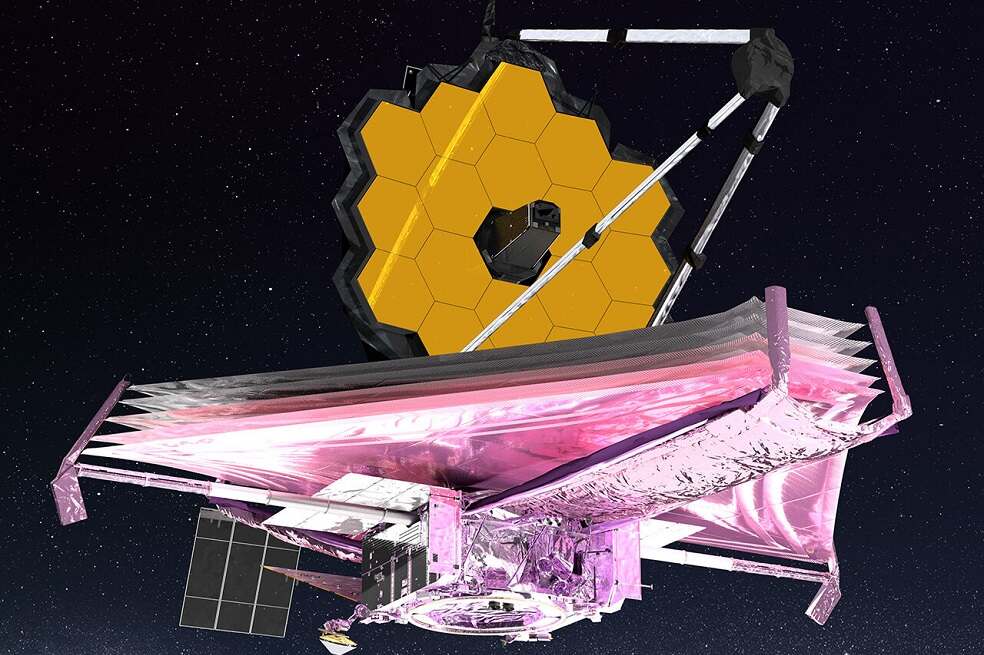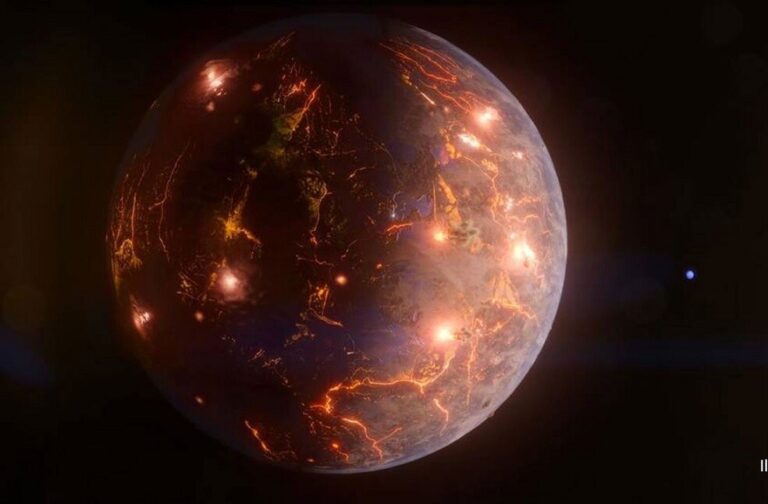United States: Scientists have discovered evidence of a turbulent Earth-sized planet located roughly 86 light-years away in the Milky Way. This harsh and rocky world is marked by relentless volcanic eruptions, creating a tumultuous environment unlike anything seen before.
In a recent announcement, scientists revealed that the newly discovered Earth-sized planet, located approximately 86 light-years away in the Milky Way, bears a striking resemblance to Jupiter’s moon Io. Experts believe that the planet is likely characterized by a vast expanse of volcanoes, making it one of the most volcanically active bodies known in our solar system.
Researchers have made a fascinating discovery of a planet in the Milky Way that exhibits a peculiar characteristic that is it remains stationary and does not rotate. As a result, one side of the planet is in a state of perpetual daylight, while the other side is plunged into continuous darkness. This unique phenomenon adds to the growing list of intriguing features found in the vast expanse of our universe.

A newly discovered planet, slightly larger than Earth, has captivated scientists with its close proximity to a red dwarf star. This star, which is smaller and cooler than our sun, allows the planet to complete its elliptical orbit in a mere 2.8 days. The intriguing characteristics of this celestial body continue to expand our understanding of the diversity and dynamics of planetary systems within the Milky Way.
With a surface temperature slightly warmer than Earth’s, the newly discovered planet resides on the inner edge of the habitable zone, also known as the Goldilocks zone, around its host star. This positioning offers a tantalizing possibility of maintaining liquid water on its surface and potentially harboring life. As scientists delve deeper into the planet’s characteristics, the quest to unravel its potential for supporting life continues to unfold.



